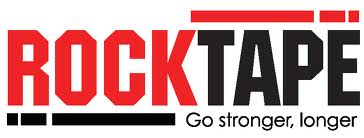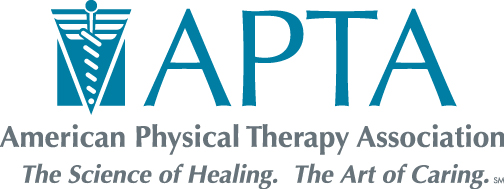Traction
Traction is the application of a force or a system of forces to the spine in a way that separates the vertebrae and elongates the surrounding tissues. Continous traction applies a sustained constant force of traction/ distraction applied to cervical or lumbar areas for a time no longer than twenty minutes. Intermittent traction alternates by applying and releasing traction to the area.
INDICATIONS FOR USE:
- Nerve root impingement
- Subacute joint pain
- Degeneratrive joint disease
- Discogenic pain
- Compression fracture
- Joint hypomobility
- Paraspinal muscle spasm
CONTRAINDICATIONS:
- Local and systemic diseases
- Acute inflammation
- Hypermobility
- Vascular conditions
- Symptoms increase during traction
- Osteoporosis
- Pressure of lumbar and thoracic harnesses may be hazardous in pulmonary patients
PRECAUTIONS:
- TMJ dysfunctions
- Cancer
- Elderly/ minors
- Bone spurs
- No increase pain should be felt
- Make sure patient is not experiencing symptoms of dizziness or nausea after treatment.
COMMENTS:
- Moist heat used to increase muscle relaxation
- Patient positioned supine/ prone and patient's comfort determines choice of position
- Lumbar traction usually started fifty percent patient's body weight unless indicated other wise
- Cervical traction usually started at twelve to fifteen pounds unless indicated other wise
TRACTION TECHNIQUE DEPENDS UPON:
- Distraction separation of bony surfaces
- Stretching of soft tissue
- Relaxation of skeletal muscles
- Mobilization of joints




